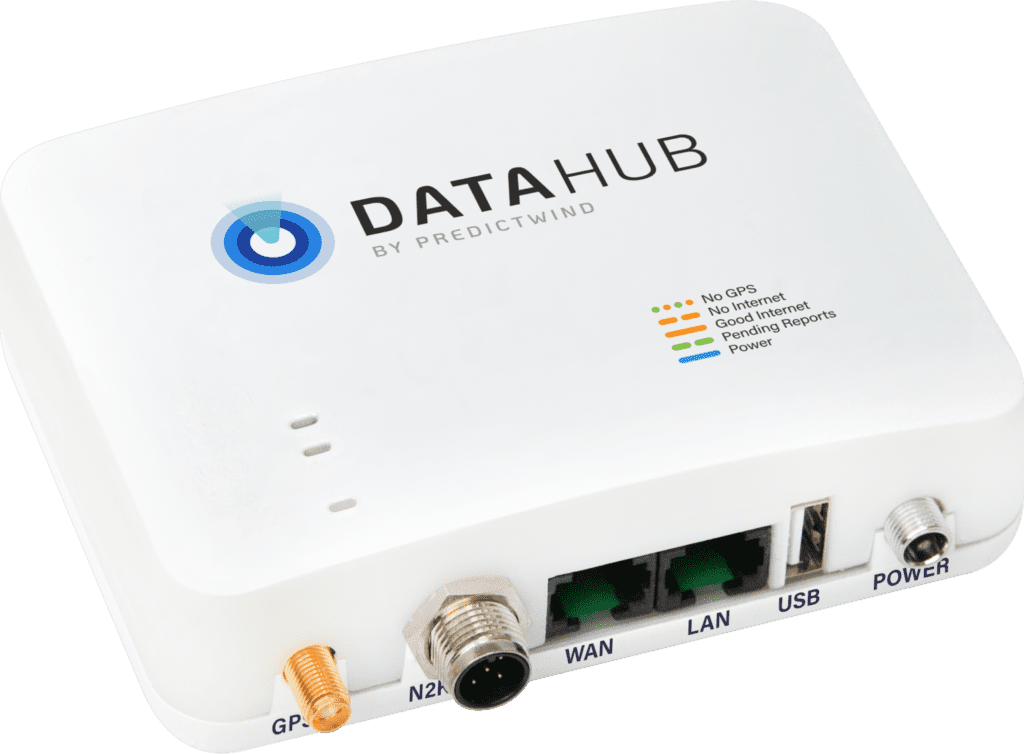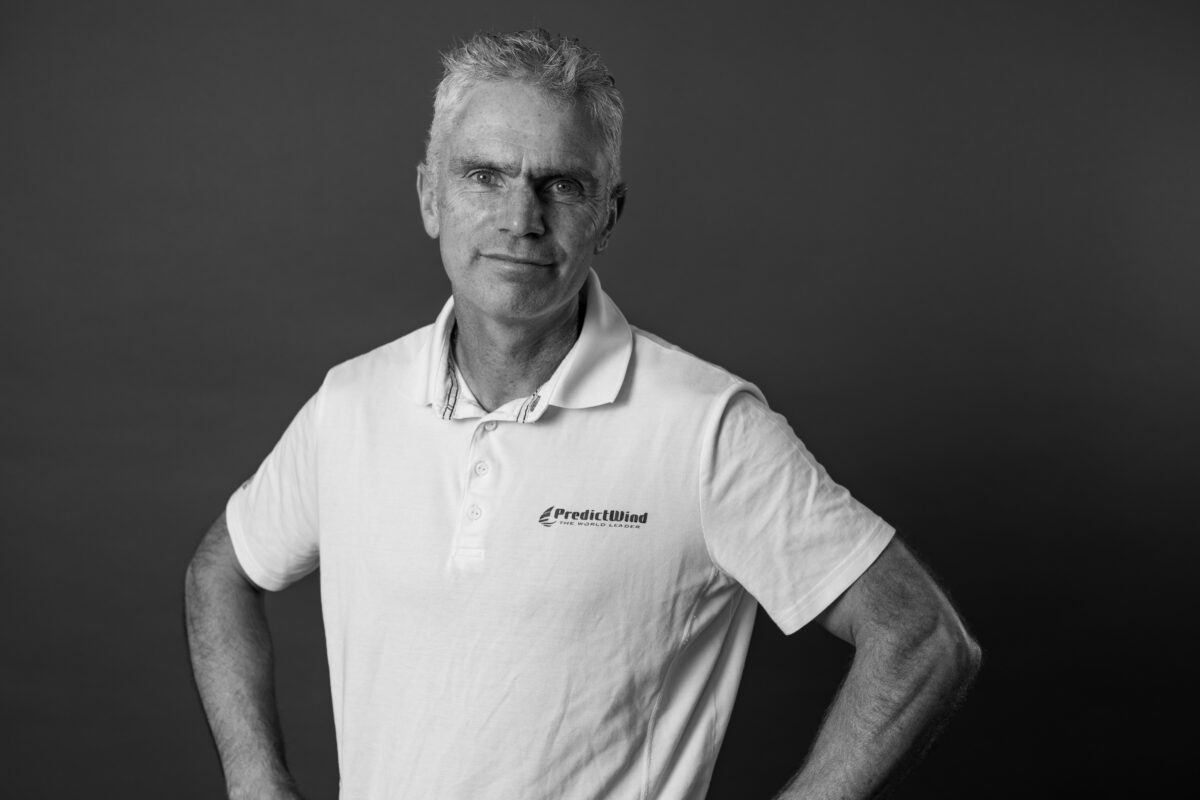For centuries, staying connected at sea has been a challenge. Sailors once relied on visual signals, carrier pigeons, and radio waves to communicate across vast distances. Today, advancements in satellite internet and smart devices have transformed life on the water, offering cruisers unprecedented connectivity, safety, and convenience.
The Evolution of Communication at Sea
In the early days of sailing, communication with those on shore or other vessels was limited and unreliable. Messages were sometimes passed from one ship to another by shouting or sending a small boat to physically carry a message. Later, visual signals like flags and flares became more common, but these methods were still constrained by distance and visibility.
The invention of the telegraph in the 19th century marked a significant leap forward, allowing for faster communication over long distances. But it wasn’t until the development of radio technology in the 20th century that truly reliable communication at sea became possible. HF and SSB radios enabled long-distance voice communication, while HAM radio allowed amateur operators to connect with others. However, these methods still had limitations, and sailors desired more reliable and versatile communication tools.
“My first big offshore race was the Transpac in 1995, from LA to Honolulu on the sled Hatsu,” recalls Jon Bilger, PredictWind founder and former Olympic sailor. “We had no satellite communications and relied on SSB radio and weather data was received by a weather fax on thermal paper. It’s hard to imagine how much easier it would have been with today’s technology, including Satellite communications and PredictWind’s weather routing.”
The Rise of Satellite Internet and Smart Devices
The advent of satellite internet and readily available cellular networks marked another major turning point in maritime communication. Satellite internet providers like Iridium and Starlink have brought broadband-like speeds to even the most remote corners of the ocean, enabling cruisers to access real-time weather information, stream videos, and stay connected with loved ones.
“The introduction of satellite internet was a huge leap forward,” says Bilger. “Suddenly, we had access to a wealth of information and communication tools that were previously unimaginable at sea. It revolutionized the way we navigate, plan our voyages, and stay safe.”
PredictWind’s DataHub: The Next Generation of Connected Cruising
Building on these advancements, PredictWind’s DataHub represents the next generation of connected cruising. This innovative platform combines GPS tracking, data integration, and communication capabilities in a single, user-friendly device.
“DataHub is more than just a GPS tracker,” explains Bilger. “It’s a powerful marine data engine that seamlessly integrates with modern satellite internet systems like Starlink and Iridium GO! to provide cruisers with unprecedented levels of connectivity, safety, and performance.”
DataHub’s features include:
- Enhanced Connectivity: Stream AIS, GPS, and N2K data over Wi-Fi for easy access and analysis.
- Powerful GPS Tracking Tools: Share your journey with a personalized tracking page, complete with automated position updates, real-time weather data, blogs, and photos.
- Extended AIS Range: Increase your AIS range from 5 nautical miles to an incredible 300 nautical miles,
- AI-Powered Performance: Optimize sailing performance with dynamic AI Polars that adapt to your boat and conditions.
- Whale Watch Integration: Contribute to marine conservation by monitoring whale sightings on your chartplotter.
- Secure Firewall and Backup Communications: Protect your onboard systems and ensure reliable connectivity.
“I’m particularly impressed with DataHub’s Over the Horizon AIS feature,” says Bilger. “Extending the AIS range to 300 nautical miles dramatically improves situational awareness and safety. On my recent delivery trip to Fiji it made the night watches so much less stressful and also more interesting. It’s something I wish I had during my early sailing days.”

The Future of Connected Cruising
As technology continues to evolve, so does the experience of life at sea. Innovations like PredictWind’s DataHub are closing the gap between land and ocean, offering sailors greater freedom, security, and efficiency. Whether you’re crossing oceans or enjoying a weekend sail, the future of cruising is more connected than ever.

